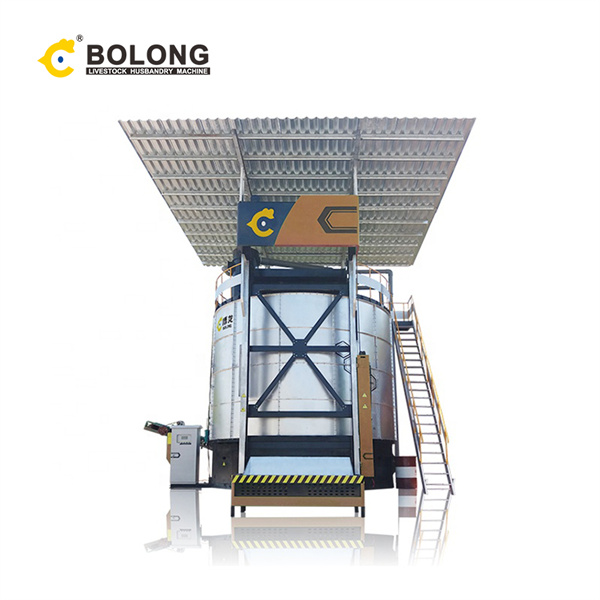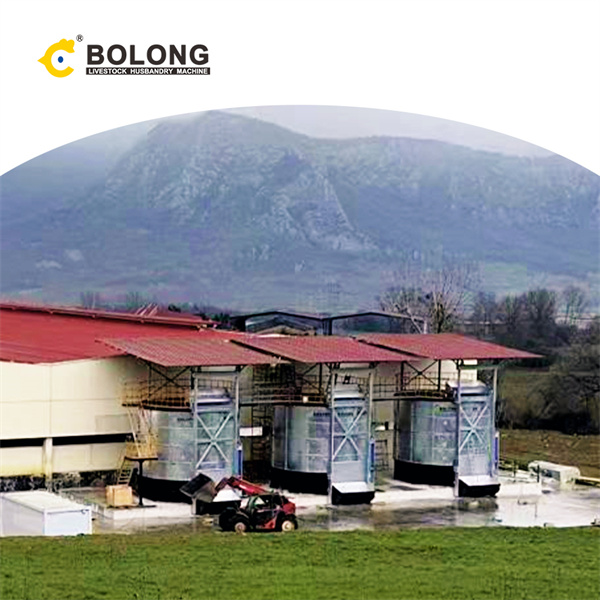
Mar 24, 2022 · But because (i) dumping and burying of agro-industrial wastes lead to the provision of necessary conditions for the growth of disease-causing microorganisms and disease-spreading flies, and (ii) burning releases toxic gases into the atmosphere, there is the need to find and employ an appropriate environmentally friendly, low-cost, and

A product of choice, used in a variety of applications across the fermentation industry. NUTRALYS®: A unique pea protein hydrolysate that contains free amino acids and peptides. It is an ideal solution and more environmentally friendly alternative to traditional protein sources like soy and casein with comparable performance.

Jan 31, 2023 · Fermentation: an eco-friendly process Advantages of fermentation are numerous, and the environment is the first beneficiary. The development of industrial biotechnology, especially through fermentation processes, fully participates in the establishment of a virtuous and widespread bioeconomy .

Jan 1, 2015 · Fermentation processes can be classified by the reaction mechanims involved in converting the raw materials into products; these include reductions, simple and complex oxidations, substrate conversions, transformations, hydrolyses, polymerizations, complex biosyntheses, and the formation of cells.

Dec 8, 2017 · Abstract. Biofertilizers are the product of fermentation process, constituting efficient living soil microorganisms. They improve plant growth and productivity through supply of easily utilizable nutrients. They are cost-effective and eco-friendly bioinoculants having great potential to enhance agricultural production in sustainable way.

The use of petrochemical solvents is the key to the majority of chemical processes but not without severe implications on the environment. Green solvents were developed as a more environmentally friendly alternative to petrochemical solvents. Ethyl lactate, for example, is a green solvent derived from processing corn.

Nov 29, 2021 · 2. Fermentation in the food industry: a growing economic opportunity. The fermentation market is expected to grow significantly in the coming years: +6% CAGR from 2020 to 2027 to reach USD $875.21 billion by 2027 [3]. Indeed, there is a growing demand from consumers and more and more players are investing in the fermentation market.

Our industrial cleaners and degreasers do not contain toxic chemicals. such as Butyl Cellosolve, which is common in many other products in use today. All of these product options are free of any hazardous ingredients and have no special storage or disposal requirements. Our degreasing formulations protect sensitive equipment by targeting only

Mar 1, 2022 · Ceramide is a natural functional ingredient as food additive and medicine that has attracted extensive attention in the food, medical, and cosmetic industries. Here, we developed a biotechnological strategy based on a recombinant whole-cell biocatalyst for efficiently producing ceramide from crude soybean oil sediment (CSOS) waste. A novel phospholipase C (PLCac) from Acinetobacter

May 13, 2024 · With a comprehensive range of solutions, they lead the league of industrial fermenter and bioreactor suppliers across India’s vibrant landscape. Their expertise extends nationwide, spanning cities like Mumbai, Delhi, Kolkata, and beyond, as well as catering to international markets, including the USA, UK, and UAE. Industrial Fermenter

Apr 1, 2024 · Please contact clientservices@accessintel.com or call 1-888-707-5814 if you are unable to login. (Page 1) With the growth of ‘white biotechnology,’ industrial fermentation processes and large-scale fermenters will play a key role. Presented here are some design considerations In fermentation, microorganisms With the growth of ‘white

Common types of industrial fermenters – bubble columns, stirred tanks, airlift systems, trickle or packed beds, fluidized beds, and solid-state culture devices – are detailed. Factors that influence fermentations are outlined. View chapter Explore book.

Mar 5, 2022 · Dark fermentation is more attractive than the other biological processes, due to the low demand for light (unlike the photosynthetic routes), capable of high biohydrogen production rate, environmentally friendly, versatile substrate utilisation and less energy intensive (Ghimire et al. 2015; Mishra et al. 2019).

The Bioreactors – Fermenters of the I Series are highly automated production fermentation systems, available from 300 liters up to 30 m 3, fully customized. The control system technology permits the linking of several units by ETHERNET, for the eventual connection to the supervision system. The Bioreactors – Fermenters of the I series are

As part as Lesaffre, we have extensive experience in industrial, solid and liquid, fermentation processes applied to various fields: yeast and bacteria production for baking and fermented beverage applications, and expression and purification of molecules of interest for human care or the food industry. Exchange with our experts.